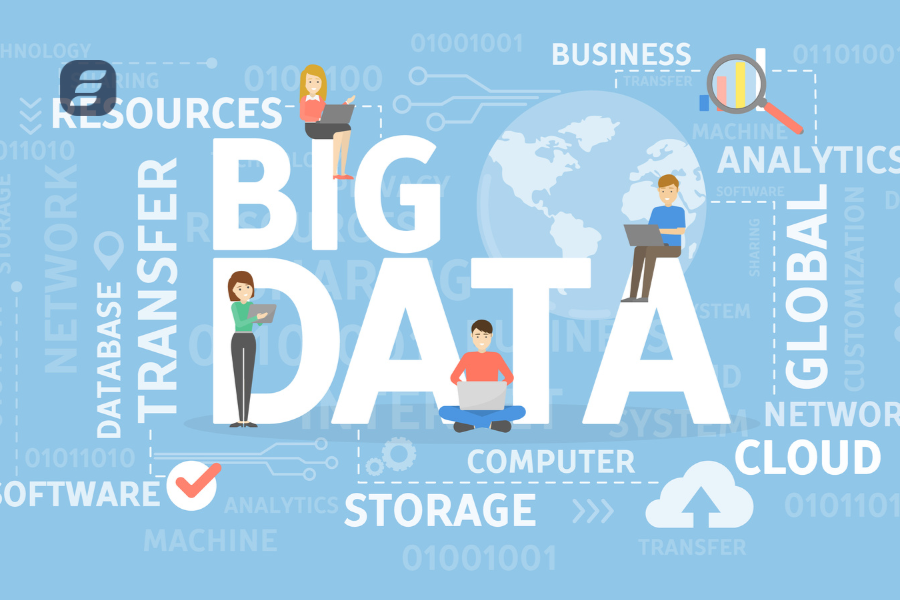Introduction
With nearly 79% of employees stating that AI agents have helped improve their business performance, AI agents have revolutionized the way businesses function. As a software program, an AI agent is designed to interact with its environment, process the data it receives, and generate an output based on that data to achieve a desirable output. They have the capability to simulate intelligent behavior and can work as simple rule-based systems or complex machine learning models. Agents use pre-programmed rules or trained models to make the right decisions with external supervision.
An autonomous AI agent or autonomous agent is an advanced software program that operates independently without human control. It has the ability to think and act on its own accord without needing input from humans. These agents are used in different industries like healthcare, finance, banking, and more. One unique aspect is that they run more smoothly and efficiently with the ability to adapt to different scenarios, learn from experiences, and make decisions using their own internal systems. It is time to take a deep dive and learn about AI agents and their working principles.
In this blog, you will learn:
- ● Key Characteristics of an AI Agent
- ● Core Components of an AI Agent
- ● Structure of an AI Agent
- ● How do they work?
- ● Types of AI Agents
- ● Usage of AI Agents
Key Advantages of Agent AI
In simple terms, an AI agent is an AI tool that is capable of performing tasks independently without constant human intervention or input. An agent senses and interprets the environment where they operate through various sensors like microphones or cameras. They can assess the environment and respond accordingly by doing a deep dive into data. They can make decisions by using reasoning techniques and algorithms to process information and take suitable action.
Another crucial property of AI agents is their ability to use machine learning to improve scalability and enhance their performance by learning elements and techniques. AI agents can communicate with other agents or humans through different methods, such as understanding, responding to natural language, exchanging text messages, and even recognizing speech. Their ability to stay goal-oriented in achieving specific goals is a big boon for organizations.
Core Components of an AI Agent
- ● Sensors to gather information from the environment. These sensors include cameras, touchscreens, microphones, API collections and more.
- ● Perception module to process raw sensor data into meaningful information. Using image recognition, speech-to-text conversion or data preprocessing.
- ● Decision-making to process information and cognitive architecture to determine the best course of action. Techniques like search algorithms, neural networks, and planning systems.
- ● Actuator to carry out the actions, like motors or mechanical parts. For software agents, actuators could include functions to modify data or send messages.
Structure of an AI Agent
AI agents comprise sensors, actuators, decision-making mechanisms, and learning systems. The environment is the domain or area where an AI agent operates. This environment could be a physical space like a digital space, factory floor, or a website. Also, sensors are tools like microphones or cameras used by an AI agent to perceive its environment. AI agents use actuators to interact with their environment. These tools could be computer screens, robotic arms or even another AI agent. The brain of an AI agent is the decision making characteristic as it processes the information gathered by sensors and decides what action needs to be taken by the actuator. Agents use different decision-making mechanisms like rule-based systems, neural networks, LLMs, and expert systems to make informed choices.

Finally, the learning system empowers the agent to learn from its experience and interactions with the environment. Some core techniques like supervised and unsupervised learning, and reinforcement learning are used to improve the performance of the AI agent over time. Also, sensors, actuators, and decision-making mechanisms can create AI agents to perform specific tasks efficiently.
How do they work?

Perceiving, processing, and taking action, is how an AI agent works. An autonomous AI agent gathers information about its environment using sensors, prepares the data for processing, and uses reasoning techniques like logical and statistical analysis based on the goals and knowledge base. Based on this, the agent frames a strategy to optimize resource allocation by considering various limitations or priorities. It then executes these steps to achieve the desired goal. Developers and users can provide feedback or new information from the environment to better optimize future actions. AI agents can learn from their own experience and this feedback empowers them to improve their performance and adapt to new situations or environments.
Types of AI Agents
There are five types of AI agents which are listed below.
● Simple reflex agents are designed to respond to specific environmental inputs based on predefined rules.
● Reactive agents or model-based reflex agents maintain an internal model of the environment and use it to make decisions.
● Goal-based agents execute a program to achieve specific goals and take actions based on the current state of the environment.
● Utility-based agents look into the potential outcomes of actions and choose a suitable action that optimizes utility.
● Learning agents use machine learning techniques to ensure better decision making.
Usage of AI Agents
Due to the wide range of applications of autonomous AI agents, there are a lot of job opportunities for aspiring data scientists and AI developers. Eduinx is a leading edutech institute that provides a practical approach to learning and implementing concepts. Their mentors are non-academicians with over a decade of industry-relevant experience across data science and generative AI. You can get a holistic learning experience by actively working on projects and receiving support in placement. Get in touch with the mentors at Eduinx for more information on their courses.
Reference links:
https://www.simform.com/blog/ai-agent/ https://www.bcg.com/capabilities/artificial-intelligence/ai-agents#:~:text=Put%20simply%2C%20AI%20agents%20are,systems%20on%20a%20user%27s%20behalf.




